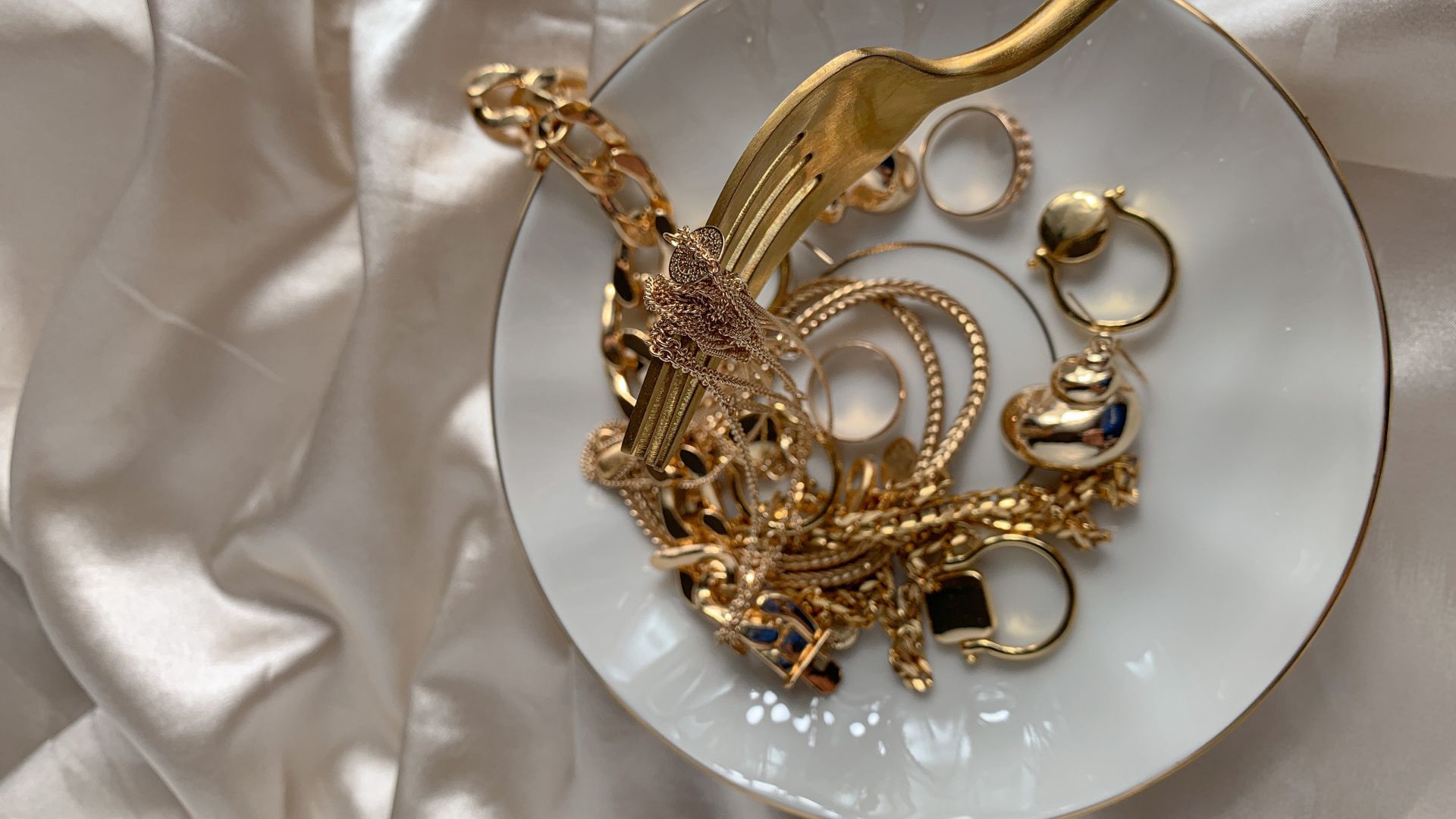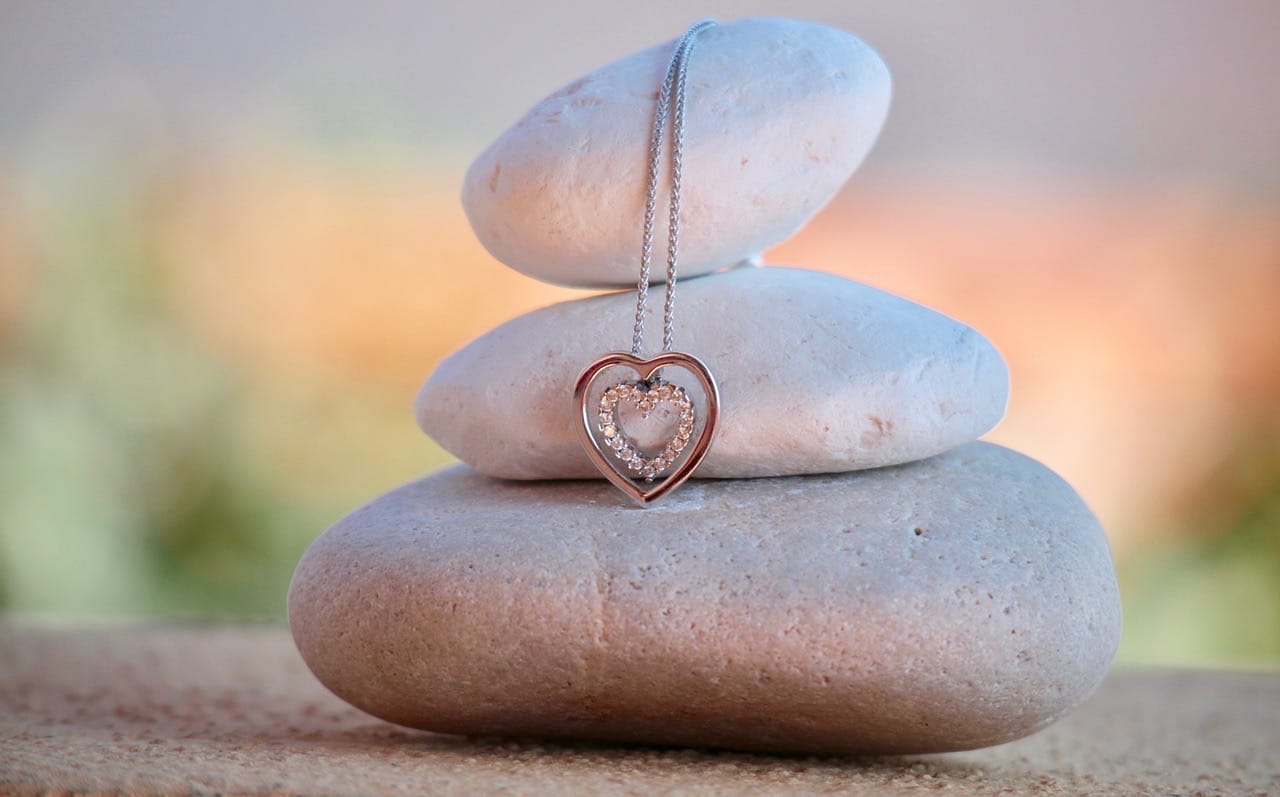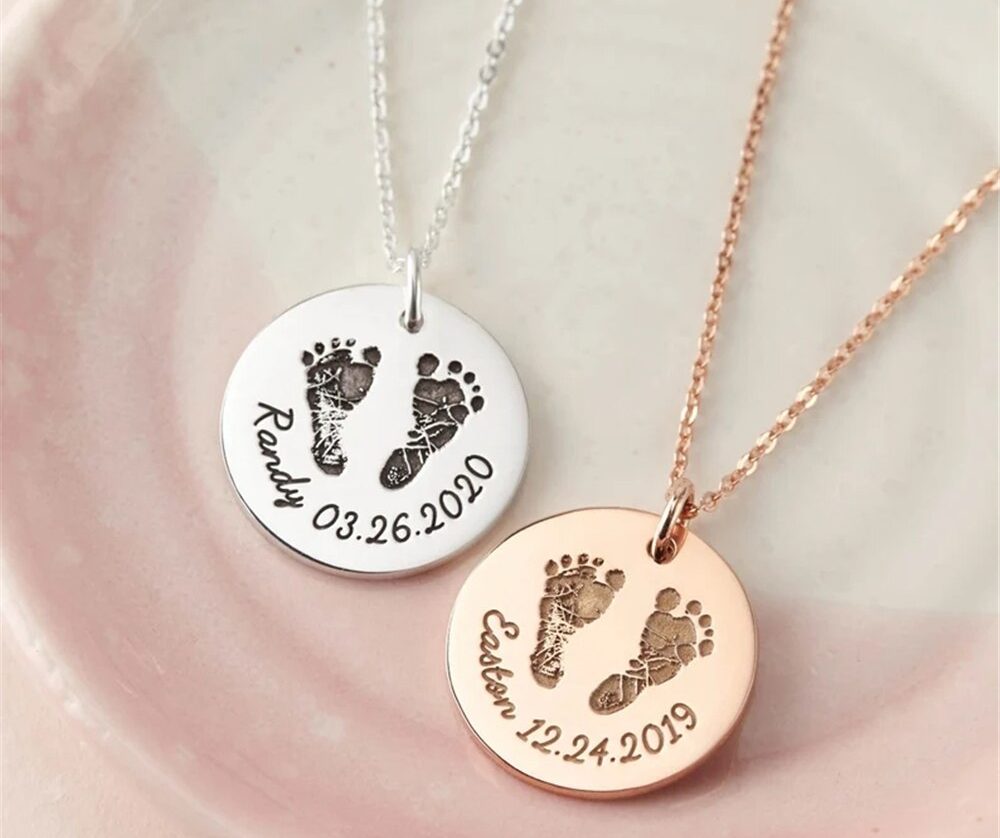Since ancient times, jewelry has been an integral component of human society. It is not only used for decorative purposes but also holds significant meaning and value. Jewelry is available in a wide range of materials, including different types of metals. Each metal used in jewelry making has its unique properties, pros, and cons. The many metals used in jewelry production will be covered in this article, along with their benefits and drawbacks.
The Most Common Metals Used in Jewelry Making
Gold
Gold is one of the most popular metals used in jewelry making. It has been used to make exquisite jewelry for thousands of years and is coveted for its scarcity, beauty, and toughness. Gold comes in many different colors, including yellow, white, and rose, which can be achieved through the addition of other metals like copper, silver, and zinc.
One of the main benefits of gold is its durability. Gold is a very dense and malleable metal, which means it is resistant to wear and tear and can be easily shaped into intricate designs. It is also highly resistant to tarnishing and corrosion, making it an ideal choice for everyday wear.
Another benefit of gold is its value. Gold is a precious metal that is highly sought after for its rarity and beauty, which means that jewelry made from gold is often considered a valuable investment. A number of variables, such as global demand, inflation, and monetary policies, can affect the price of gold.
There are a few things to bear in mind when caring for gold jewelry. Gold is a relatively low-maintenance metal, but it can still benefit from regular cleaning and care. You can clean your gold jewelry using a mild soap and warm water, or by using a specialized jewelry cleaner designed for gold. It’s also a good idea to store your gold jewelry in a soft pouch or box to protect it from scratches and other damage.
Overall, gold is a beautiful and durable metal that is perfect for creating high-quality and long-lasting jewelry. Whether you prefer classic yellow gold, modern white gold, or unique rose gold, there is sure to be a gold piece that fits your style and budget.
Pros: Gold is an extremely malleable metal, making it easy for artisans to create intricate designs. It is also hypoallergenic and does not tarnish.
Cons: Gold is a soft metal and can scratch or bend easily, especially in its purest form. It is also expensive compared to other metals.
Silver
Silver is another popular metal used in jewelry making, prized for its beautiful and lustrous appearance. It is a soft and malleable metal, which makes it easy to shape into intricate designs and patterns. Silver is also highly reflective, which means it can add brightness and shine to any jewelry piece.
One of the main benefits of silver is its affordability. For individuals on a tight budget, silver is a fantastic alternative to other precious metals like gold and platinum because it is far less expensive. It is also widely available and can be found in a variety of jewelry styles and designs.
Silver is also a durable metal, although it is not as strong as some other metals like gold or platinum. It can be prone to scratches and dings, but with proper care, silver jewelry can last for many years. It is also important to note that silver jewelry can tarnish over time, which is a natural process caused by exposure to air and moisture.
When caring for silver jewelry, it is important to keep it clean and dry. You can clean silver jewelry using a specialized silver cleaner or a mixture of mild soap and warm water. It is also important to store silver jewelry in a dry and cool place and to avoid exposing it to harsh chemicals or extreme temperatures.
Overall, silver is a beautiful and affordable metal that is perfect for creating a variety of jewelry pieces. Whether you prefer classic and simple designs or intricate and detailed patterns, there is sure to be a silver piece that fits your style and budget. With proper care and maintenance, silver jewelry can last for many years and continue to add beauty and elegance to any outfit.
Pros: Silver is more affordable than gold and has a bright and shiny appearance. It is also malleable, making it easy to craft into intricate designs.
Cons: Silver is a soft metal and can scratch or tarnish easily. It can also cause allergies in some individuals.
Platinum
Platinum is a highly sought-after and opulent metal that is prized for its exceptional durability, strength, and aesthetic appeal. It is among the costliest metals utilized in jewelry making and is often regarded as a symbol of affluence and status.
Platinum boasts exceptional durability and resistance to wear and tear, making it one of the most robust metals used in jewelry making. It can effortlessly endure the challenges of daily wear without exhibiting any signs of damage, which makes it a perfect material for engagement rings and other everyday jewelry pieces.
In addition to its strength, platinum is also known for its unique color and luster. It has a cool, white color that is highly reflective, making it an excellent choice for diamond settings and other high-end jewelry pieces. Additionally hypoallergenic, it is a fantastic choice for people with sensitive skin.
One of the downsides of platinum, however, is its price. It is one of the most expensive metals used in jewelry making and is often out of reach for those on a tight budget. It is also a relatively heavy metal, which means that platinum jewelry pieces can be heavier and bulkier than those made from other metals.
When caring for platinum jewelry, it is important to keep it clean and free from dirt and grime. You can clean platinum jewelry using a specialized platinum cleaner or a mixture of mild soap and warm water. It is also important to store platinum jewelry in a dry and cool place and to avoid exposing it to harsh chemicals or extreme temperatures.
Overall, platinum is a luxurious and highly desirable metal that is perfect for creating high-end and long-lasting jewelry pieces. While it may be more expensive than other metals, its durability and beauty make it a worthwhile investment for those who can afford it.
Pros: Platinum is an extremely durable metal that can withstand daily wear and tear. It is also hypoallergenic and does not tarnish.
Cons: Platinum is an expensive metal, making it less accessible to the general public. It is also challenging to work with due to its density, making it harder to craft intricate designs.
Titanium
Titanium is a highly durable and lightweight metal that has become increasingly popular in jewelry making in recent years. It is a relatively new metal in the jewelry industry and is often used to create modern and contemporary designs.
Titanium is renowned for its incredible strength and durability, making it one of the toughest metals utilized in jewelry making. It can endure the rigors of daily wear and tear without exhibiting any visible signs of damage. As a result, it is a preferred option for men’s wedding bands and other accessories that are intended for regular wear.
In addition to its strength, titanium is also known for its lightweight and hypoallergenic properties. It is much lighter than other metals such as gold, silver, and platinum, which makes it a comfortable and practical choice for those who prefer lighter jewelry. Additionally, it has a low allergy potential, making it unlikely to irritate skin or trigger allergic responses.
One of the downsides of titanium, however, is that it is difficult to resize and repair. Unlike other metals, titanium cannot be easily resized or repaired, which means that if a piece of titanium jewelry is damaged, it may need to be replaced entirely.
When caring for titanium jewelry, it is important to keep it clean and free from dirt and grime. You can clean titanium jewelry using a mild soap and warm water, or a specialized titanium cleaner. It is also important to store titanium jewelry in a dry and cool place and to avoid exposing it to harsh chemicals or extreme temperatures.
Overall, titanium is a durable, lightweight, and hypoallergenic metal that is perfect for creating modern and contemporary jewelry designs. While it may be difficult to resize and repair, it’s strength and lightweight properties make it a practical and comfortable choice for those who prefer lighter jewelry.
Pros: Titanium is a hypoallergenic metal that is perfect for individuals with sensitive skin. It is also a strong and durable metal that can withstand daily wear and tear.
Cons: Titanium is a challenging metal to work with, making it harder to craft intricate designs. It is also less lustrous than other metals, making it less shiny.
Stainless Steel
Stainless steel is a popular metal used in jewelry making due to its durability, strength, and affordability. It is a type of steel that contains chromium, which gives it its unique resistance to rust and corrosion.
Stainless steel is highly regarded for its durability, being one of the sturdiest metals utilized in jewelry making. It can easily withstand the rigors of daily wear and tear without exhibiting any visible signs of damage. Additionally, stainless steel is known for its tarnish resistance, which makes it an ideal choice for those who prefer low-maintenance jewelry that retains its shine and luster over time.
In addition to its durability, stainless steel is also affordable and versatile. It can be easily molded into a variety of shapes and designs, which makes it a popular choice for both men’s and women’s jewelry. It is also unlikely to irritate skin or cause allergic reactions due to its minimal allergy potential.
One of the downsides of stainless steel, however, is that it can be difficult to resize and repair. Unlike other metals, stainless steel cannot be easily resized or repaired, which means that if a piece of stainless steel jewelry is damaged, it may need to be replaced entirely.
When caring for stainless steel jewelry, it is important to keep it clean and free from dirt and grime. You can clean stainless steel jewelry using a mild soap and warm water, or a specialized stainless steel cleaner. It is also important to store stainless steel jewelry in a dry and cool place and to avoid exposing it to harsh chemicals or extreme temperatures.
Overall, stainless steel is a durable, affordable, and versatile metal that is perfect for creating a wide range of jewelry designs. While it may be difficult to resize and repair, its strength, affordability, and hypoallergenic properties make it a practical choice for those who prefer low-maintenance jewelry.
Pros: Stainless steel is a durable metal that does not rust, tarnish, or corrode easily. It is also affordable, making it accessible to the general public.
Cons: Stainless steel can cause skin irritation in some individuals. It is also less lustrous than other metals and can be challenging to craft intricate designs.
Other Metals Used in Jewelry Making: Understanding the Pros and Cons of Each
Many different metals may be utilized to make distinctive and lovely pieces of jewelry, while gold and silver are the most popular metals used in jewelry production.
Metals that are frequently utilized in jewelry production include copper, brass, bronze, pewter, and tungsten.
In order to help you choose the ideal piece of jewelry for yourself or a loved one, we will examine the benefits and drawbacks of each of these metals in this article.
Copper Jewelry
Copper is a versatile metal that has been used in jewelry making for thousands of years. It is known for its warm, reddish-brown hue, which can range from bright and shiny to dark and aged. Copper jewelry is popular for its unique and rustic look, and it can be easily shaped into intricate designs.
Pros:
- Copper is a very affordable metal, making it an excellent choice for budget-conscious shoppers.
- Copper has antimicrobial properties, which means that it can help to reduce the spread of germs.
- Copper jewelry is often used in alternative medicine practices, as it is believed to have healing properties.
Cons:
- Copper can tarnish over time, which can affect the appearance of the jewelry.
- Copper can also cause skin discoloration in some people, particularly those with sensitive skin.
- Copper is a soft metal, which means that it can scratch and bend easily.
Brass Jewelry
Brass is an alloy made from copper and zinc, and it has a bright, yellow-gold color. It is often used in jewelry making because of its durability and affordability.
Pros:
- Brass is a strong and durable metal, which means that it can withstand wear and tear better than some other metals.
- Brass has a warm and inviting look, which makes it a popular choice for bohemian and vintage-style jewelry.
- Brass is easy to work with, which means that it can be shaped into intricate designs.
Cons:
- Brass can tarnish over time, which can affect the appearance of the jewelry.
- Some people are allergic to brass, which can cause skin irritation and discomfort.
- Brass can leave a greenish residue on the skin, particularly if the jewelry becomes damp.
Bronze Jewelry
Bronze is an alloy made from copper and tin, and it has a warm, reddish-brown color. It is often used in jewelry making because of its unique look and durability.
Pros:
- Bronze is a strong and durable metal, which means that it can withstand wear and tear better than some other metals.
- Bronze has a unique and rustic look, which makes it a popular choice for bohemian and vintage-style jewelry.
- Bronze is easy to work with, which means that it can be shaped into intricate designs.
Cons:
- Bronze can tarnish over time, which can affect the appearance of the jewelry.
- Bronze can cause skin discoloration in some people, particularly those with sensitive skin.
- Bronze is a relatively heavy metal, which means that it may not be suitable for all types of jewelry.
Pewter Jewelry
Pewter is an alloy made from tin, copper, and antimony, and it has a soft, silvery-gray color. It is often used in jewelry making because of its affordability and unique look.
Pros:
- Pewter is a very affordable metal, making it an excellent choice for budget-conscious shoppers.
- Pewter has a unique and rustic look, which makes it a popular choice for bohemian and vintage-style jewelry.
- Pewter is easy to work with, which means that it can be shaped into intricate designs.
Cons:
- Pewter can tarnish over time, which can affect the appearance of the jewelry.
- Pewter is a relatively
Conclusion
In conclusion, a variety of metals are utilized to create jewelry, each having an own set of benefits and drawbacks.
Gold and platinum are two metals that are highly prized for their scarcity, toughness, and beauty.
Others are coveted for their affordability, strength, and hypoallergenic qualities, such as titanium and stainless steel.
It’s crucial to think about your own particular style, your budget, and the intended function of the piece when selecting a metal for your jewelry.
The level of durability, the item’s resistance to tarnishing and corrosion, and any allergies or sensitivities you may have are all things to keep in mind.
No matter what metal you decide on, it’s critical to maintain the beauty and lifespan of your jewelry.
This includes storing it properly, cleaning it regularly, and avoiding exposure to harsh chemicals or excessive moisture.
In the end, the best type of metal for your jewelry will depend on your unique preferences and needs. By understanding the pros and cons of each type of metal, you can make an informed decision and enjoy your jewelry for years to come.





